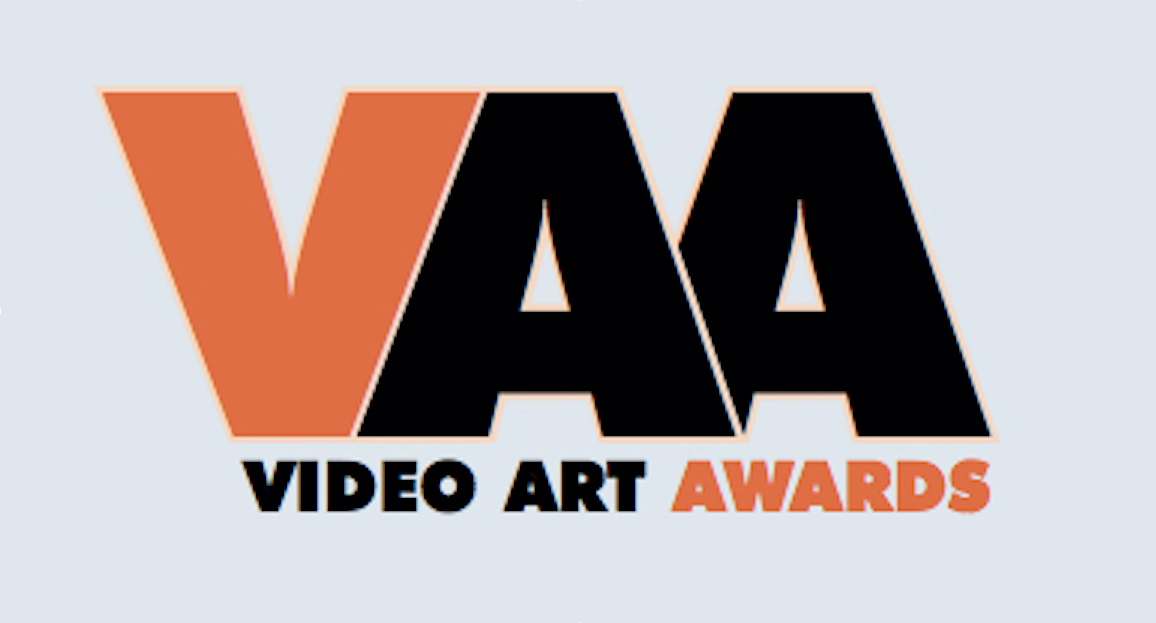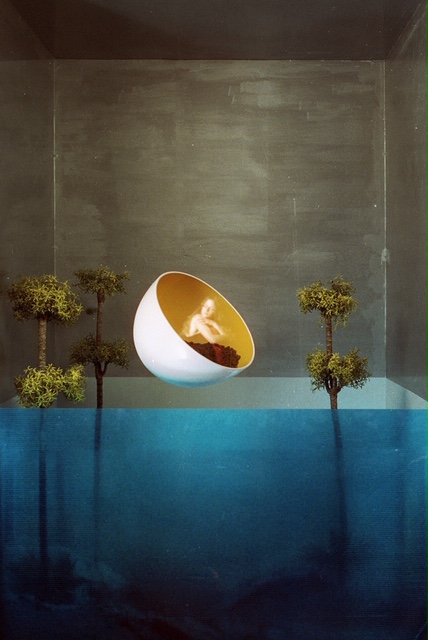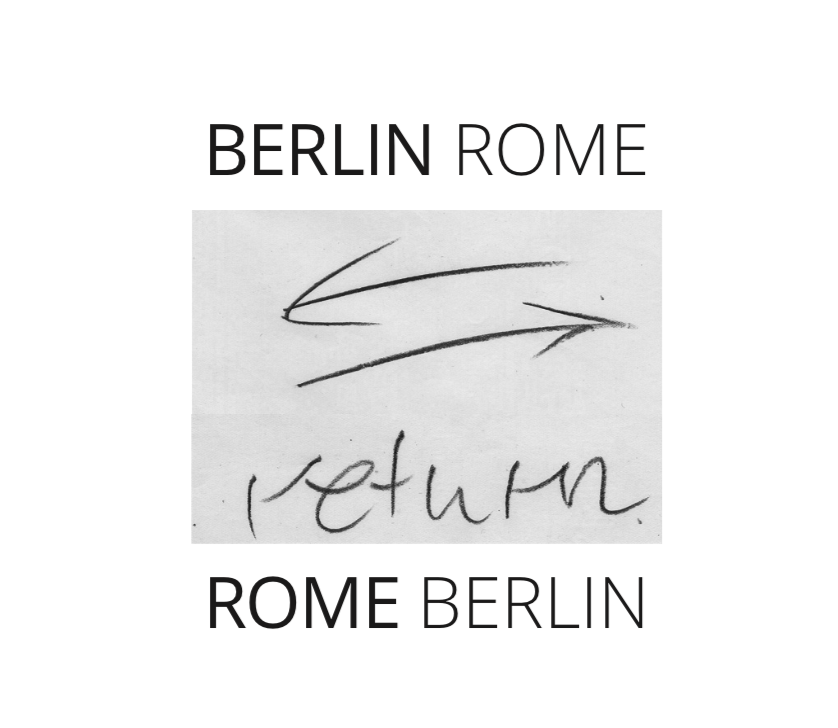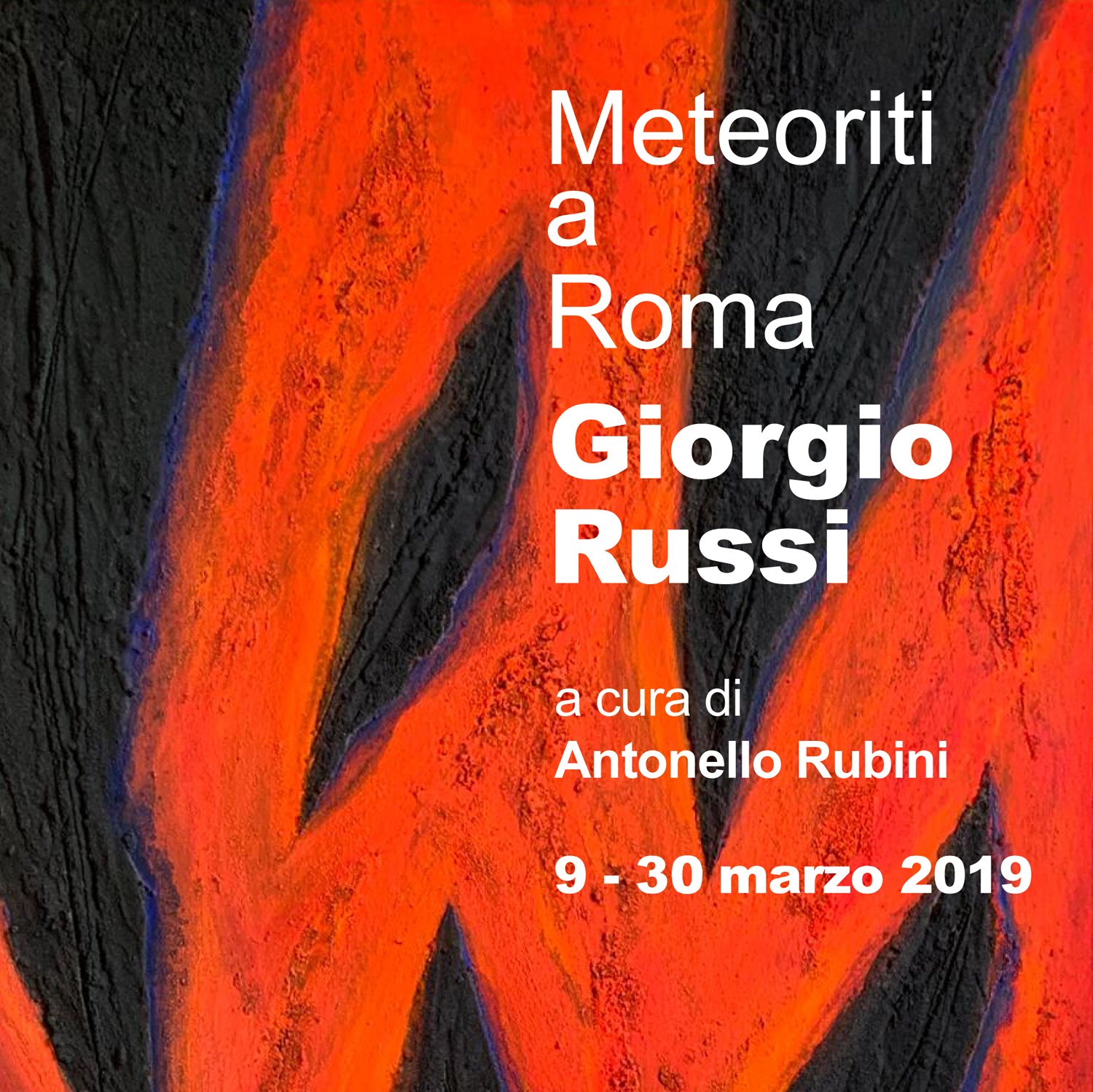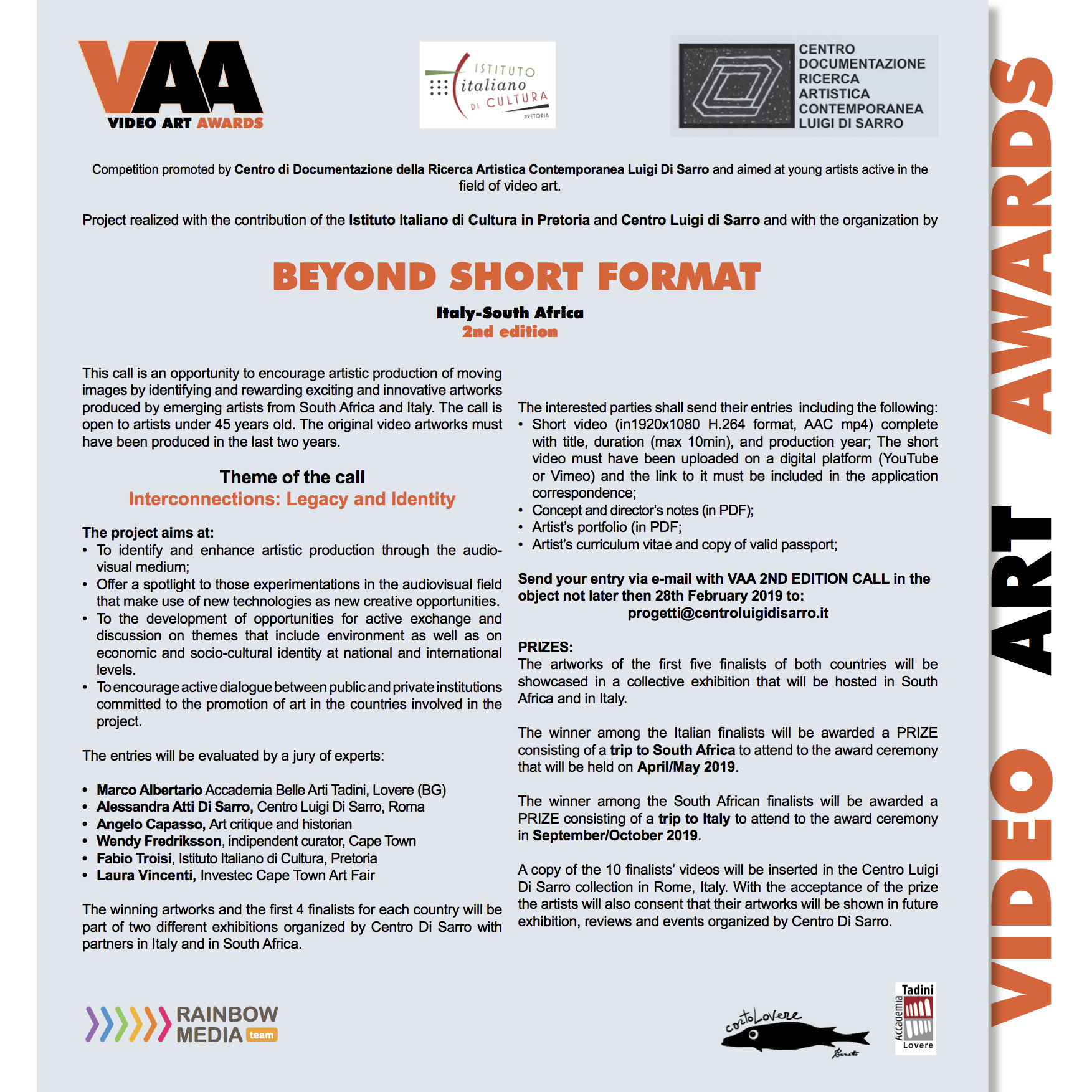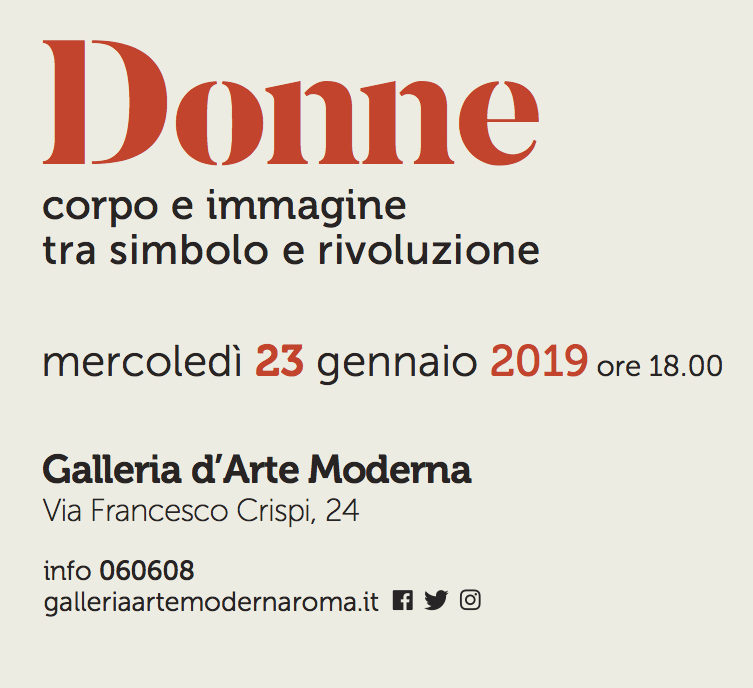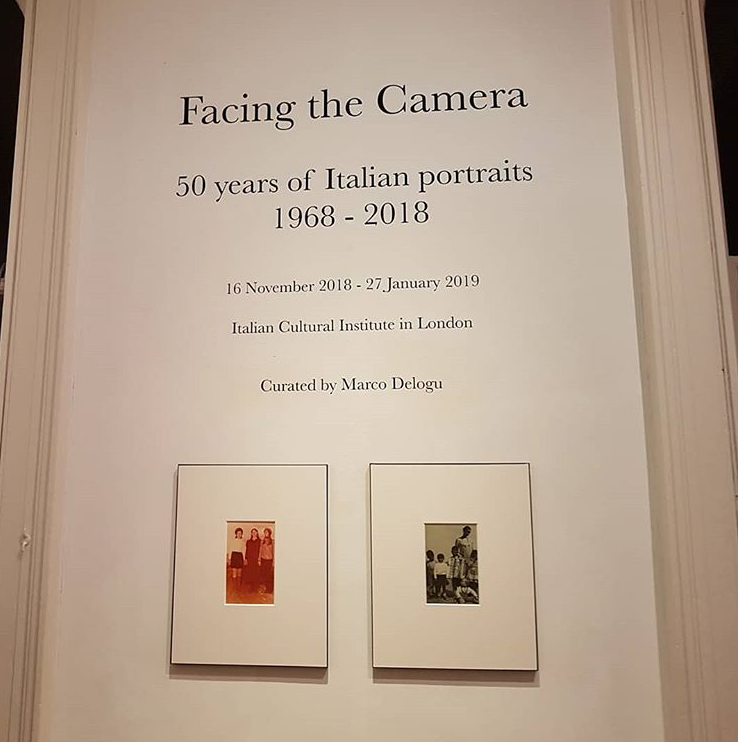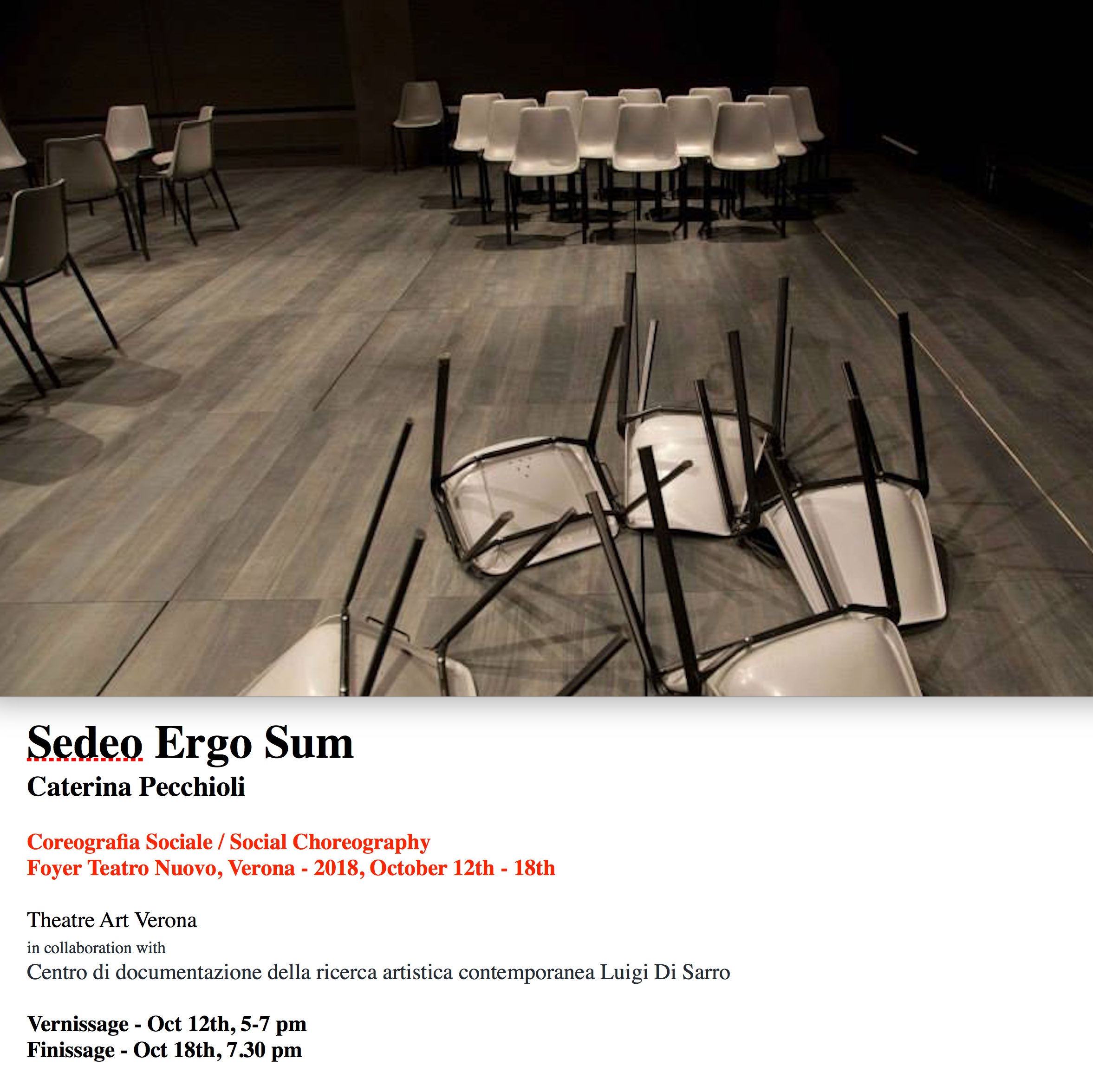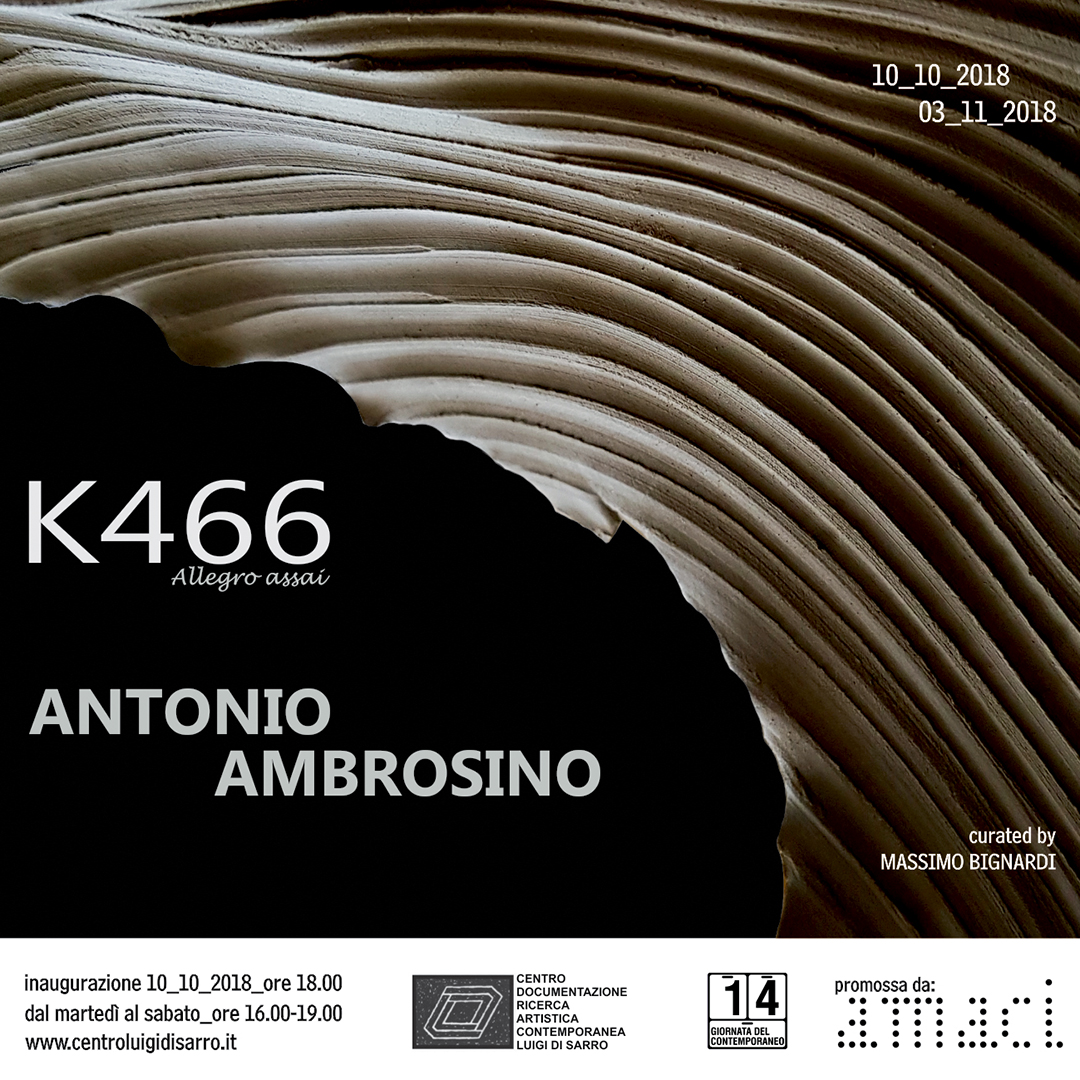Screening and Awards Ceremony of the 2 winners and 8 finalists of the VAA-Video Art Awards 2nd edition took place on May 14th at the historic Labia Cinema in Cape Town. Now the VAA screening evening moves to Italy where the cortoLovere Festival will host the event on September 26th at the Tadini Art Academy.
The prize-giving event took place in the historic Cinema Labia, Tuesday 14 May 2019. All the 10 shortlisted works in the two selections (Italian and South African) have been projected.
The VAA – Video Art Awards is designed and promoted by the Centro Luigi Di Sarro with the contribution of Italian Cultural Institute of Pretoria and the International Short Film Festival cortoLovere, where the VAA Top10 will be screened again (23-28 September 2019).

Niccolo_Masini 
VAA_Programme_Screening_Labia
Niccolò Masini CV http://www.niccolomasini.com
He studied in the classrooms of the IED in Milan, graduating in 2011 in Illustration and Animation courses. Thus began his career in the world of visual art. However, the definitive turning point accomplished by moving to the Netherlands, where he attended the prestigious Gerrit Rietveld Academy in Amsterdam, from which he graduated in 2015 with a specialization in Audio Visual Arts. During his time at Rietveld, he has the opportunity to follow an international exchange program at RMIT University in Melbourne. The Dutch experience will open to him doors to several international experiences: Australia, Argentina, the United States, Kuwait and Canada. Winner of numerous international prizes, competitions and residences, from 2016 he began to devote himself entirely to his personal research, which he combined with commissioned work. Practicing in three continents, his work has been exhibited internationally in countries such as Australia, Canada, Argentina, Japan, Holland and Italy. To date, he lives and works between Genoa and Montréal.

“White Time”
“There are a certain amount of ordinary moments in life that are con- sidered neither here or there, these are spaces for otherness, for some considered irrelevant, that are simultaneously physical and mental, such as the space of a phone call or the moment when you see yourself in the mirror.” Michel Foucault
These spaces of otherness are infinite, disposed on time framed dimensions that inexorably passes through, with or without our consideration. The experience of the traveler, consisting of a series of movements within space, producing a phenomenon of a new order, where geography overtakes knowledge. Our conception of spatiality shapes our perception of time, and, on an individual scale, defines our way of perceiving movement. Spaces trace an inventory of the adventure of knowledge, omitting nothing; knowl- edge traces cartography of known lands, omitting nothing. Acting as a prelude to a subjective perception of a suspension in time, White Time is a video installation where a simple figure stands in a not specific dimension. Surrounded by the surface of the black screen different elements interact with each other, mutating through the composition of an undefined spatial location. Niccolò Masini
Jabu Nadia Newman CV https://jabunew.tumblr.com/
Jabu Newman was born and raised in Plumstead, a suburb of Cape Town. She is 25 years old and studied at UCT, University of Cape Town, where she graduated in Political Science and then specialized in Visual and Media Arts, then deepening cinema and directing at the African Arts Institute. He works in film production and continues his artistic research with video art and photography works, mainly oriented to the exploration of human and social relations. He won the VAA award with the video “Untitled: Friends”.

“UNTILED:FRIENDS”
The title Untitled:Friends alludes to the complexity of chosen relationships, specifically how deeply bound two souls who share no family relation can be: a strong connection that no title or description can truly articulate.
Like most of Newman’s body of work, the film specifically focuses on femme binary identity and relationships. The storyline is intentionally centered around femme friendships and simultaneously challenges and celebrates them against a backdrop of a mundane heteronormative neighborhood, where these layered and complex identities are prosecuted and undervalued.
Untitled:Friends was shot, written, directed and edited by Newman over a period of two years and reads like a personal visual diary, in which she invites us into her childhood and teenage years in Plumstead. Come per la maggior parte dei lavori di Newman, il film pone un’attenzione particolare all’identità e alle relazioni nel mondo femminile. Il racconto è volutamente centrato su una storia di amicizia fra donne in cui contemporaneamente si sfida e si festeggia, in una atmosfera mondana, quel substrato di codici di etero-normalità in cui le identità stratificate e complesse sono perseguitate e sottovalutate. Untitled:friends è stato girato, scritto, diretto e montato da Newman nel corso di due anni e si offre come un personale diario visivo, nel quale l’autrice svela i suoi anni d’infanzia e adolescenza nel quartiere di Plumstead. (Jabu Nadia Newman)



